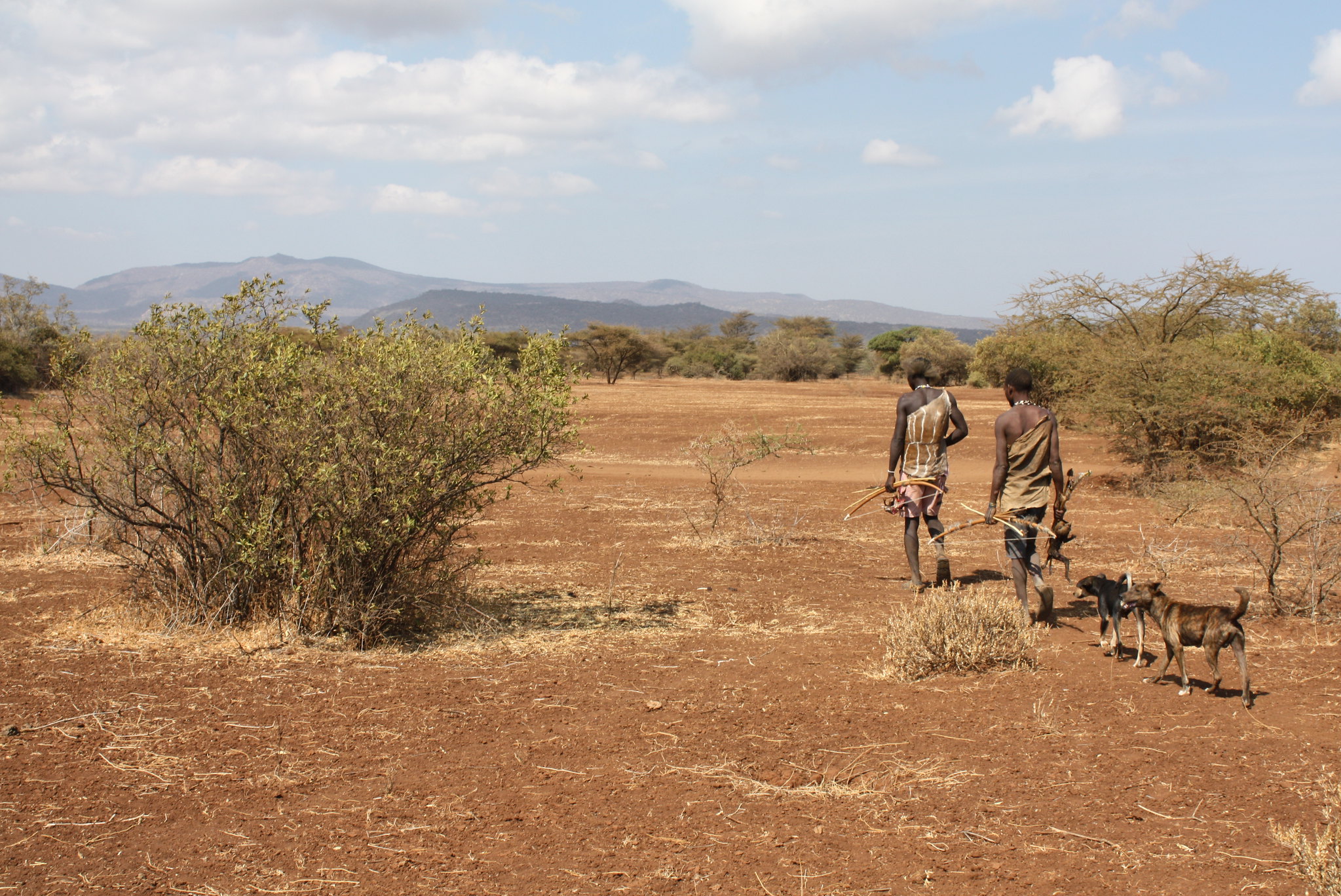Media release
From:
Climb before you can run – In hunter-gatherer societies, both men and women are proficient runners, climbers, swimmers, and divers. Analysis of over 900 documents from 57 hunter-gatherer groups revealed both males and females engaged in a range of locomotor activities for gathering food as well as leisure, ritual, and warfare. Where gender bias exists, the authors say, it is in the context of more extreme engagements, such as the “tallest tree climbs or deepest dives”.
Extensive Locomotor Versatility Across a Global Sample of Hunter-Gatherer Societies
Proceedings of the Royal Society B: Biological Sciences
Our study analysed over 900 documents to examine the distribution of engagement in running, climbing, swimming and diving across hunter-gatherer societies worldwide. We found that diverse locomotor proficiency is widespread among hunter-gatherer societies, with each running, climbing, swimming and diving found across a wide range of environments and temperature ranges, often to high levels of proficiency. Each was employed for a variety of reasons, from the acquisition of food to leisure, ritual and warfare. Both male and female individuals typically engaged in each running, climbing, diving and swimming, with only a minority of societies exhibiting clear biases towards male-only engagement.



 International
International



